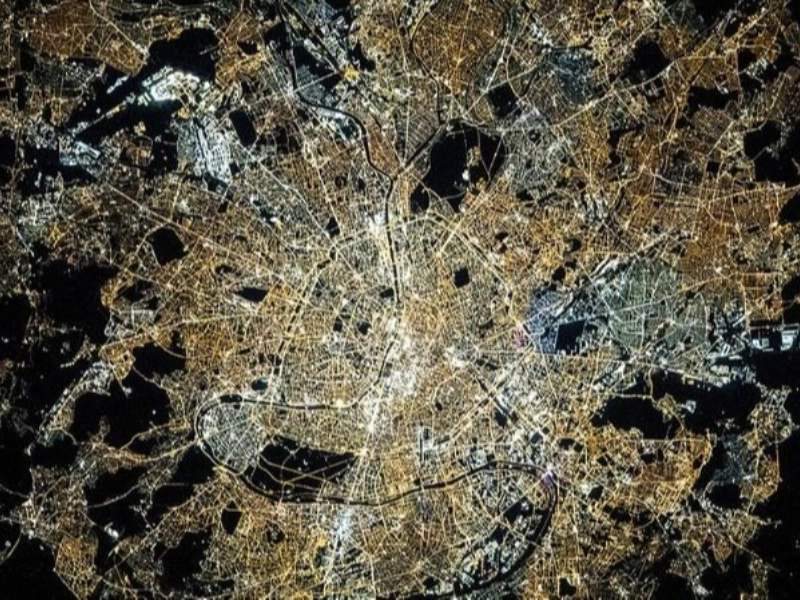
The nighttime view of Paris, captured by NASA's Earth Science and Remote Sensing Unit, showcases the City of Light in all its illuminated splendor. The vibrant lights of the Eiffel Tower, the Seine River, and the historic architecture reflect the city's rich cultural heritage and urban vibrancy. Using advanced satellite technology, the Earth Science and Remote Sensing Unit can analyze urban lighting patterns, which provide valuable insights into energy consumption, population density, and the effects of urbanization on the environment. These nighttime images are not only visually stunning but also serve as important data for studying the dynamics of cities around the world. By examining the illumination of Paris from space, researchers can better understand the relationship between urban development and ecological sustainability, contributing to efforts aimed at creating smarter and more resilient cities.
Advertisement
Recommended Reading: 9 Things We Over-Wash, and 9 Others We Forget to Clean
You are viewing page 7 of this article. Please continue to page 8



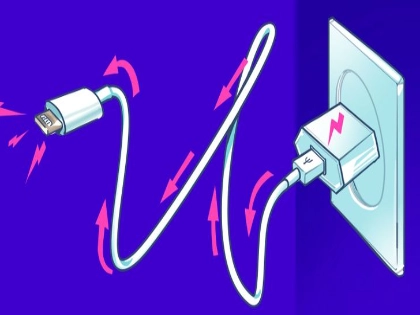

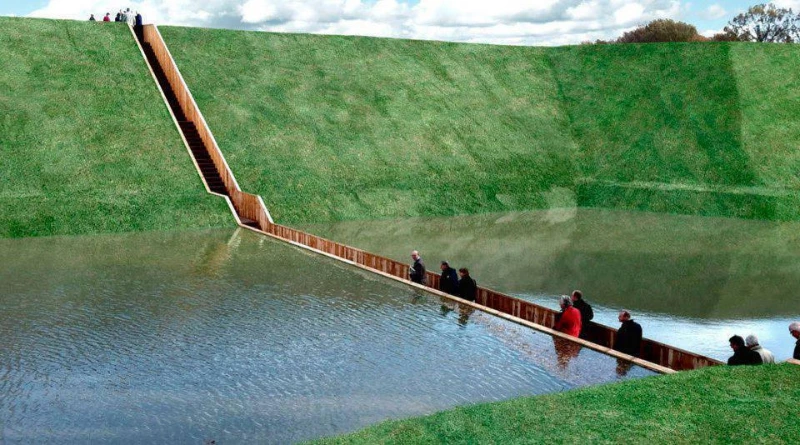


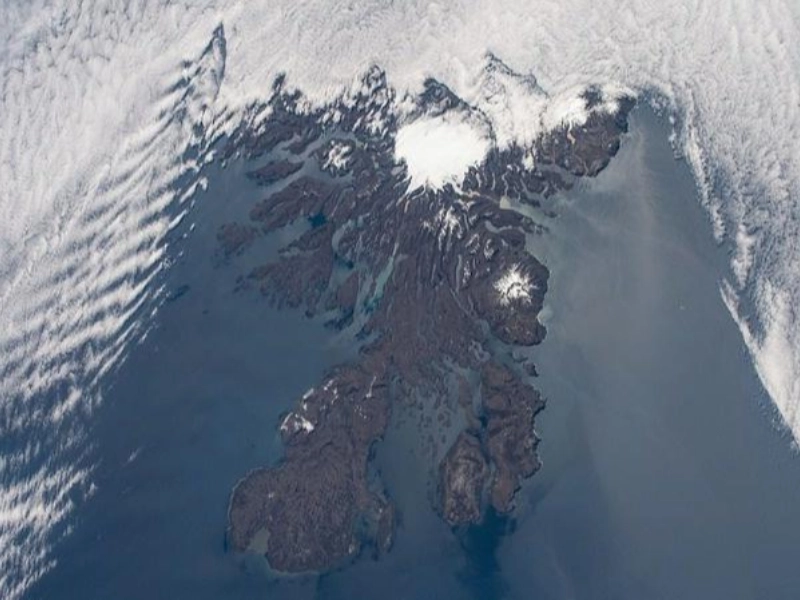

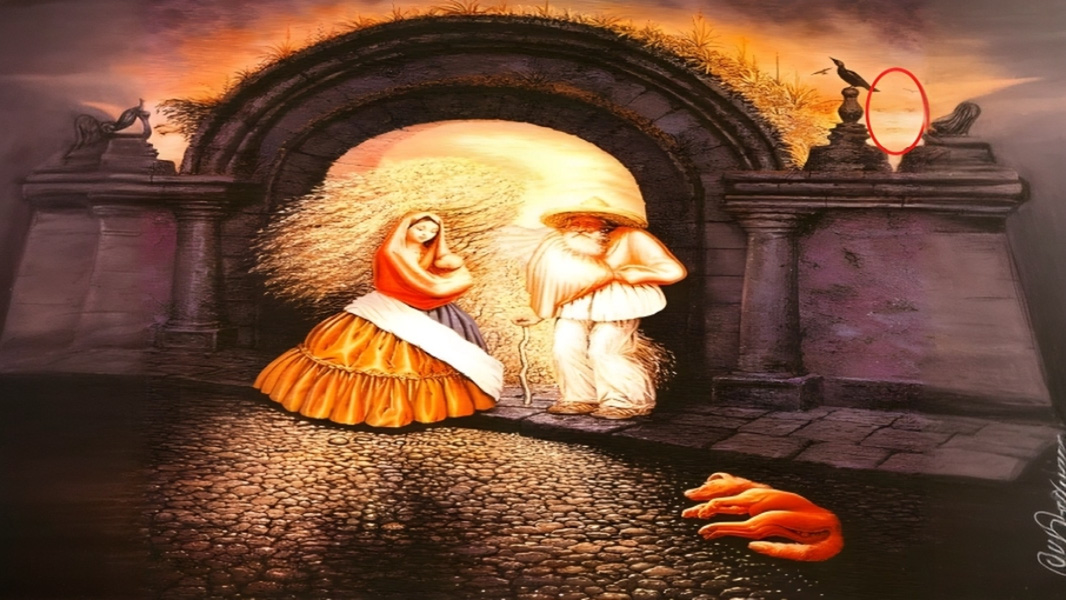
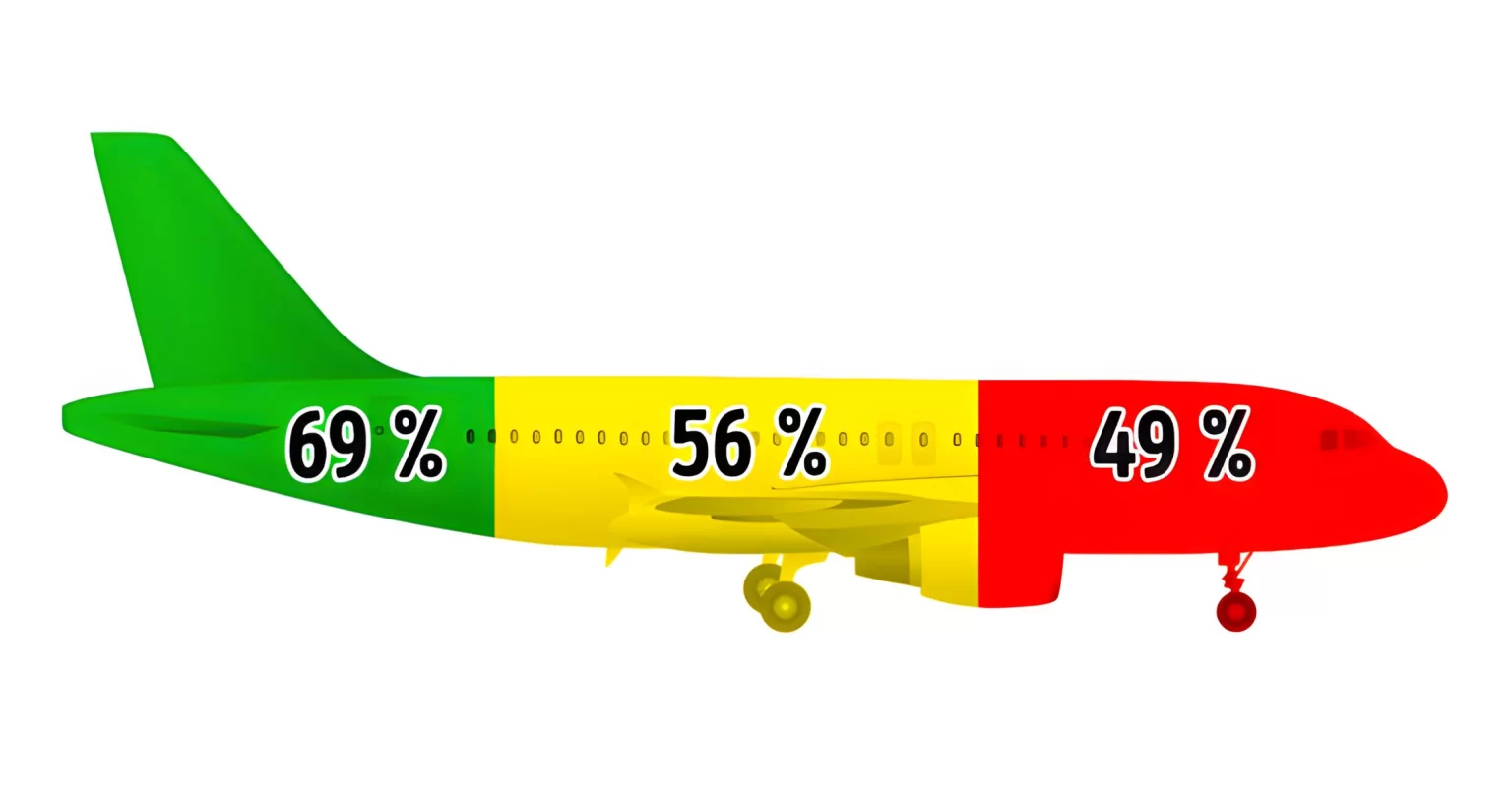




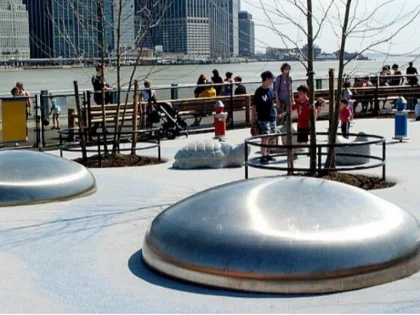



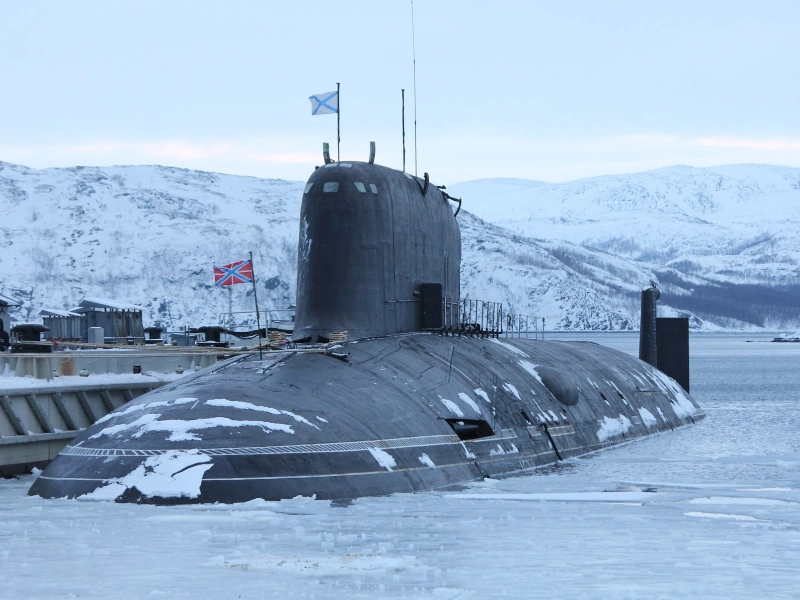



Eases cross-team interoperability.
This maps well to practice.
Who’s benchmarking this?
A tidy boundary articulation.